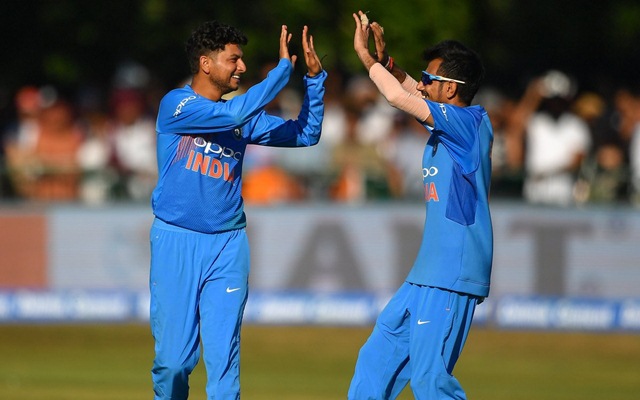5 Changes in ODI cricket since World Cup 2015
The ODI format has grown leaps and bounds since the last World Cup and some of the changes will determine the fate of the teams in this edition.
2 Min Read
2. Wrist-spinners ruling the roost:

In 50-overs cricket, spinners are considered game changers as they handle the affairs in the middle-overs. In the last edition, the side which had good tweakers went deep into the tournament. India and New Zealand reached the final four as they had two world-class spinners in Daniel Vettori and Ravi Ashwin in their side respectively.
Fast forward to 2019 the tweakers are still lethal weapons in world cricket, but most off-spinners have been sidelined and it is the era of wrist-spin. The landscape of spin bowling has totally changed in the last couple of years as leg-spinners are the hottest commodity now. The teams are looking for attacking options in their bowling department. A leggie’s ability to turn the ball irrespective of the nature of the surface as well as their variations have bamboozled the batsmen.
Since the 2015 World Cup, they have scalped nearly 650 wickets and the most successful among them are England’s Adil Rashid with 127 scalps and Afghanistan’s Rashid Khan who has 123 wickets to his name.
Kuldeep Yadav and Yuzvendra Chahal have evolved in India, then there is South Africa’s Imran Tahir. 2019 World Cup is going to be a test for most leg-spinners as almost all ten teams feature at least one and the ones who outperform will give their team a real chance.
[interaction id=”5cd2bb96e66725e58af5134d”]
Download Our App